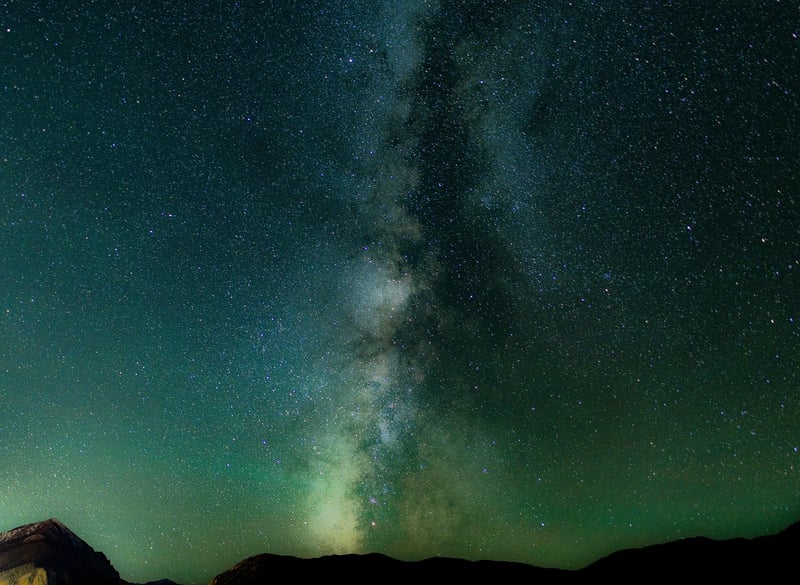Star Charting
Chart the Stars: A Beginner's Guide to Star Charting

Welcome to the fascinating world of star charting! Whether you're an amateur astronomer or just curious about the night sky, learning how to chart the stars can be a rewarding and enlightening experience. In this guide, we'll cover the basics of star charting and provide you with all the information you need to get started.
What is Star Charting?
Star charting, also known as star mapping or celestial cartography, is the practice of mapping out the positions and movements of stars in the night sky. By creating star charts, astronomers and stargazers can identify and locate various celestial objects, constellations, and planets.
How to Start Star Charting
- Get the Right Tools: Invest in a quality star chart or use a mobile app for star mapping.
- Choose a Viewing Location: Find a dark, open area away from city lights for optimal visibility.
- Learn the Basics: Familiarize yourself with major constellations and stars visible in your location.
- Use Your Chart: Align your chart with the cardinal directions and match the stars in the sky to those on the chart.
- Practice Regularly: The more you practice star charting, the easier it will become to navigate the night sky.
Benefits of Star Charting
- Enhances your knowledge of astronomy and the cosmos.
- Helps you appreciate the beauty and vastness of the universe.
- Allows you to track the movement of planets and stars over time.
- Provides a sense of connection to ancient navigators and astronomers.
Explore the Night Sky
Now that you have a basic understanding of star charting, grab your telescope or binoculars and head outside to explore the wonders of the night sky. Whether you're observing a meteor shower, tracking a planet's movement, or simply stargazing, star charting can add a new dimension to your celestial adventures.
Happy star charting!
